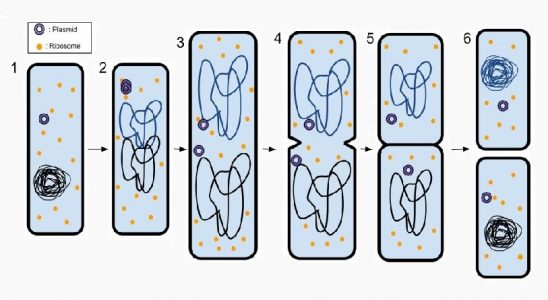Answers To The Question: What Is Binary Fission?
BINARY FISSION – In this article, we will learn about what Binary Fission is in the field of biology.

Binary fission is the asexual reproduction by a separation of a cell body into two new bodies. An organism duplicates itself by making a copy of its DNA and dividing it into two parts.
Each new organism produced then receives one copy of the DNA. It is also the primary method of reproduction of prokaryotic organisms.
The DNA is separated into alternate ends of a single cell. With this, each cell is now capable of all functions required for life.
This means that each individual cell created during the process becomes independent organisms.
Binary Fission is often categorized into types like transverse or longitudinal. This depends on the axis of cell separation.
This process mostly occurs in some single-celled eukaryotes like Amoeba and the Paramoecium. During this process, DNA replication and segregation occurs simultaneously.
Based on an article by the biology dictionary, Binary Fission is a relatively simple process compared to mitosis. This is due to Binary Fission not involving reproducing organelles or complex chromosomes.

As seen in the steps above, the DNA of the prokaryote is tightly bonded together. Sometimes it may even carry small plasmids.
These are small rings of DNA that carry Extra genetic Information. In the second step, the DNA is unraveled.
As this happens, specialized proteins get access to the DNA which then works to replicate the ring of DNA. By step three, both the DNA and plasmids have been duplicated.
At step four, a cleavage furrow appears in the cell membrane as the cell wall. Finally, at step 5, the cells become completely separated from each other as new bacterial walls form.
The 6th and final steps just need to break off any additional proteins or molecules that still connect the two cells. Afterward, each cell has everything it requires to sustain functions of life.
Like this article? READ ALSO: What Is Biology In Science? Meaning And The Following Branches
